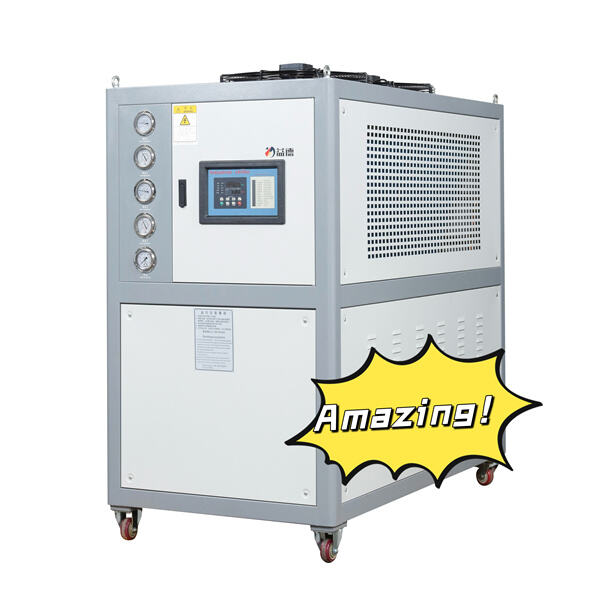Air cooled chiller HVAC systems are vital to maintaining comfortable, cool buildings. The systems operate by cooling air within a building and releasing heat outside. Air cooled chillers cool air using the refrigerator cycle in the same way that a window air conditioner works.
The use of air cooled chillers in hvac There are a few advantages of using air cooled chillers in hvac applications. One of the key benefits is that they are energy saving. Less water is used in air cooled chillers when compared to a water cooled chiller, thus saving water and utility costs. They can be easily installed and maintained, and are a convenient solution for many buildings.

Air cooled chillers operate by using a mechanical refrigeration process, which is simply moving heat from one location to another. This gas passes through a set of coils, which draw the heat out of the air inside the building. That warm refrigerant gas is then carried outside, away from the unit, to the condenser, where it loses the heat to the outside air. This cooled refrigerant gas is again forced inside to repeat the cycle.

Although, air cooled chillers are highly energy-efficient and simple to maintain, a water cooled chiller also has its fair share of benefits. Chilled water chillers tend to be better at removing heat from the facility and therefore provide more reliable cooling. Produce being relatively imprecise can lead to a lower quality product and inefficiency in power usage. 26 Water-cooled chillers have more maintenance requirements, use more water, and are less environmentally friendly* 27 than air-cooled chillers.

For maintaining your air cooled chiller HVAC unit and ensuring it keeps running efficiently, nothing does the job quite like regular maintenance. Here are a few maintenance tips to keep your system functioning at its best: